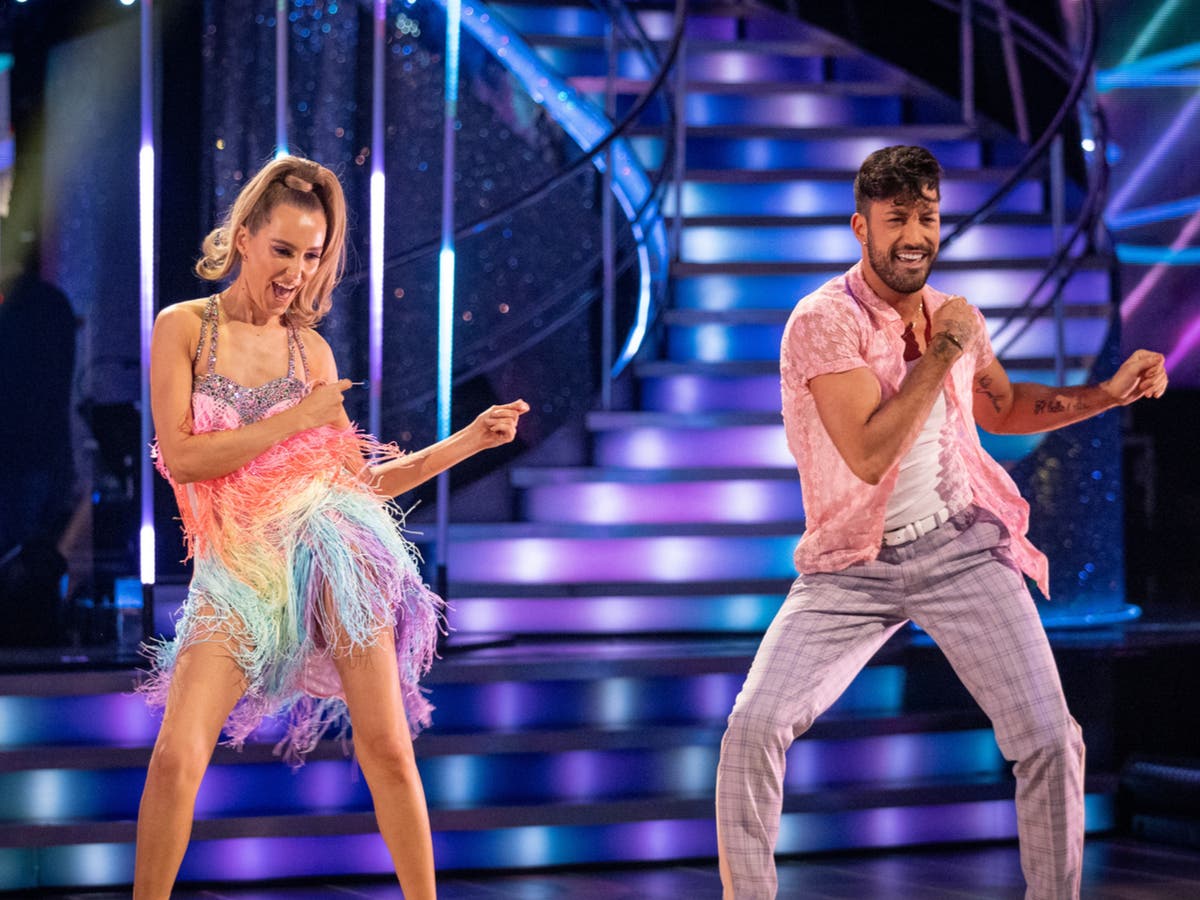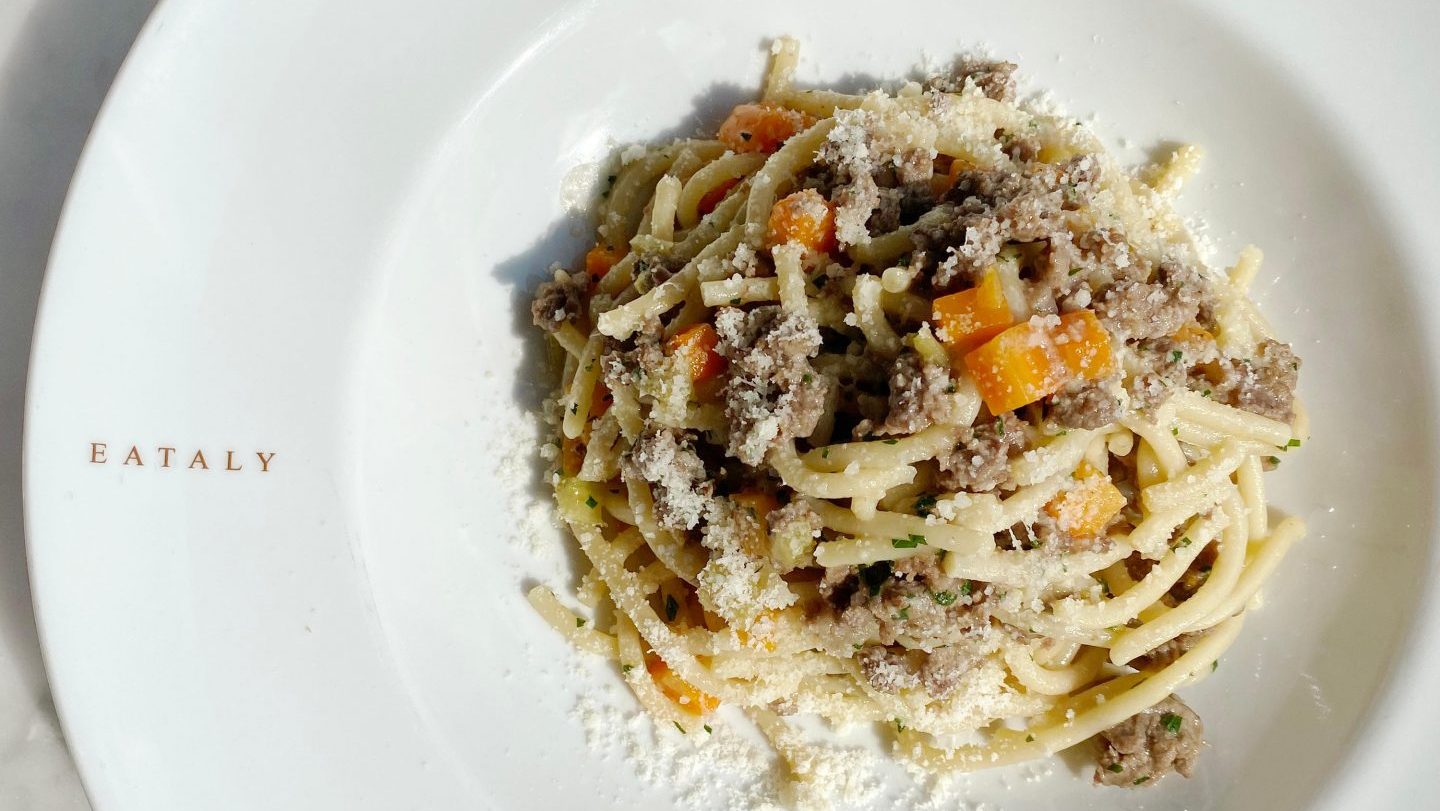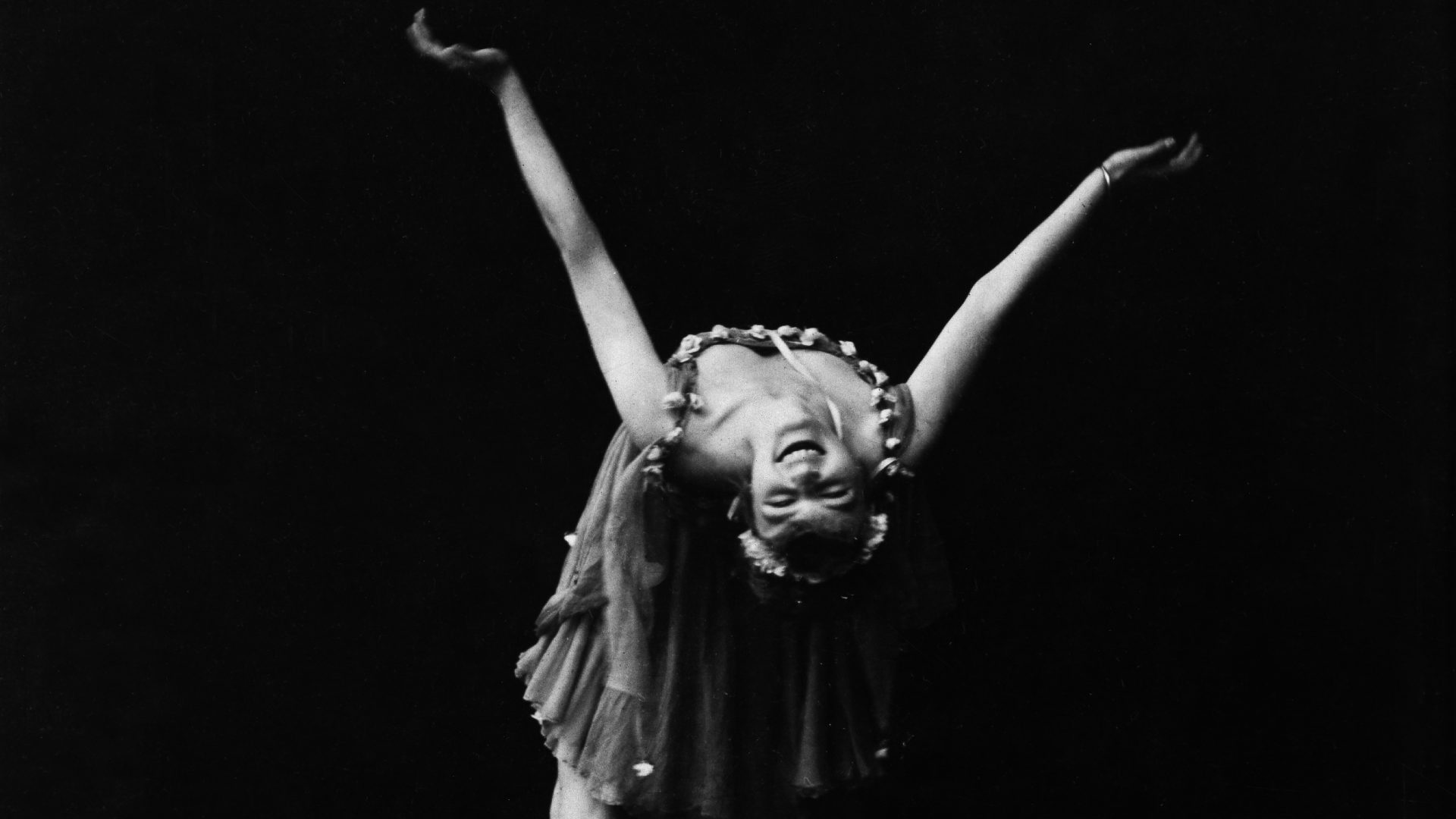Many people will know that there are five indigenous languages here on the island of Britain: Gaelic, Welsh, Cornish, Scots and English. They will probably also have noticed that there is actually a sixth indigenous language: British Sign Language (BSL), which British deaf people use to communicate with one another.
Figures supplied by the British Deaf Association cite it as the primary language of around 87,000 people, with a further 70,000 having acquired it as a second language.
BSL is an Official Language of Scotland, and a Recognised Minority Language in Wales. BSL is a visual-gestural communication system which employs combinations of handshapes, movements and locations, together with facial expression and body language, to produce signs which are equivalent to words. It has grammatical structures like any other language, as well as regional dialects – there can be a different regional signs for the same meanings.
It also has linguistic family relationships: the sign languages used in Australia and New Zealand developed out of 19th century BSL and remain somewhat similar, which brings with it some degree of mutual intelligibility.
It is important to note that BSL has no connection with the English language as such. It is a language in its own right, and is not a way of converting English into manual signals. This point is made clear by the fact that American Sign Language, the language of the deaf community in the USA and Canada, has no relationship to BSL and is not comprehensible to BSL users. The same is true of the very different Irish Sign Language used by the deaf community in the Republic.
Sadly, like speakers of other British minority languages such as Welsh and Gaelic, BSL users have suffered greatly from discrimination and linguicism. And like Jamaican Creole or Patwa (see TNE #263) and Scots (TNE #237) it has also suffered from not being acknowledged as a language in its own right.
Until the 1980s, children living in residential schools for the deaf could only learn BSL unofficially from one another. Children were actually punished for using signing and were forced instead to concentrate exclusively on learning to lip-read English and use finger spelling.
Finger-spelling, which depends on a knowledge of English, involves using individual manual configurations for the each of the letters of the alphabet, and is a useful skill which BSL users can employ for spelling out names. But to be denied the right to learn a complete natural language like BSL, which can be used for the full range of communicative and cognitive needs which any spoken language can be used for, was a gross violation of their rights.
Happily, over the last 40 years there has been an increasing acceptance of BSL in schools and other institutions, leading to a growth of official instruction in the language. Viewers of the BBC’s Strictly Come Dancing will have seen EastEnders actress Rose Ayling-Ellis, with the assistance of a skilled bilingual interpreter, using BSL as well as spoken English and lip-reading skills on the programme.
However, some medical professionals still argue against using BSL with deaf children, and only a minority of families with deaf children acquire it, with some deaf children still sadly growing up with varying degrees of language deprivation.
Manual
The adjective manual comes from Latin manualis ‘held in the hand’, from manus ‘hand’. The noun manual originally referred to a book small enough to be held in the hand – a hand-book. Both manual and handbook have now come to mean a book containing very detailed information about a particular topic.




